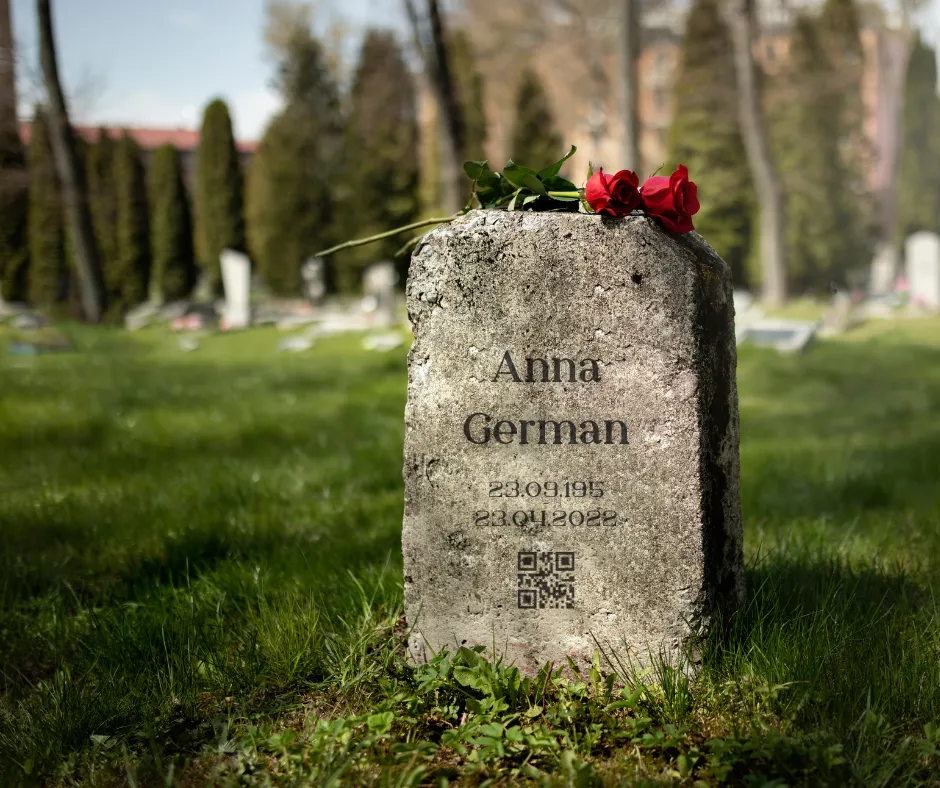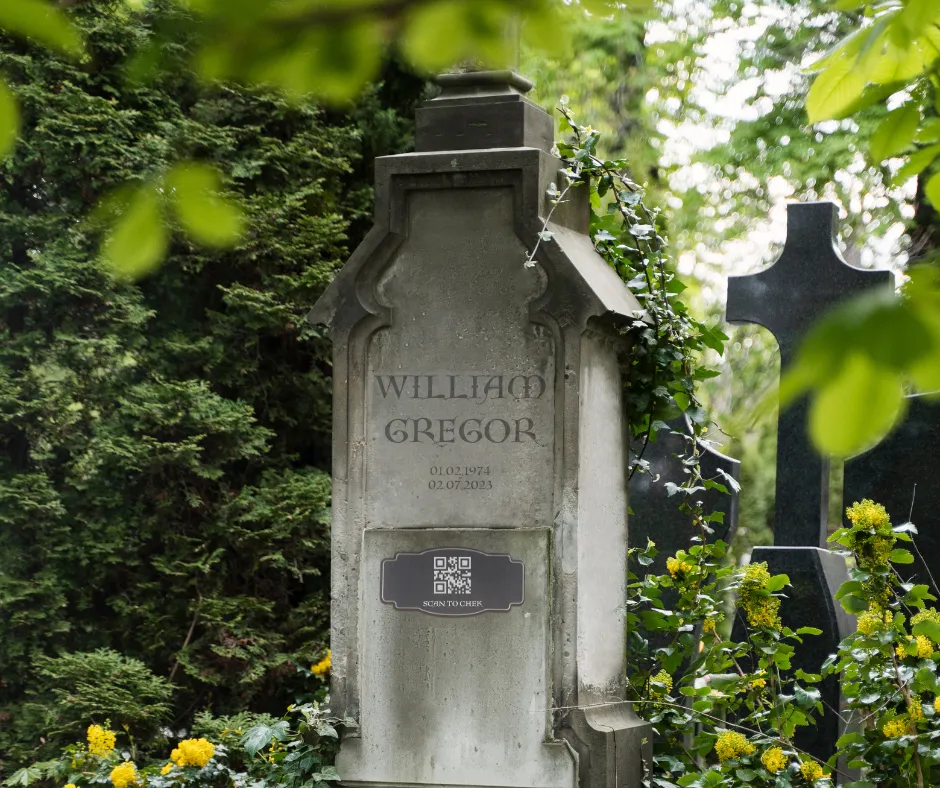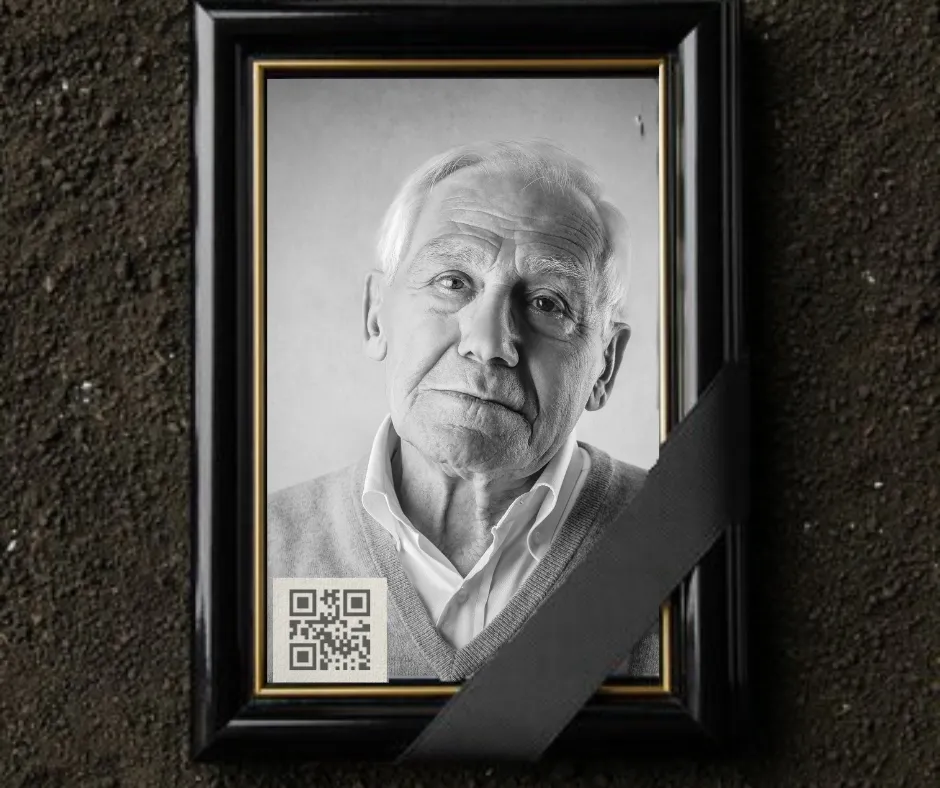

Table of Contents
1.
How QR Codes Work
2.
Benefits and Controversies
3.
Real-Life Examples
4.
How to create your own Grave QR codes?
5.
Conclusion
Exploring QR Codes on Graves: A Modern Approach to Remembering Loved Ones
In the realm of memorialization and remembrance, tradition has long been the guiding light. Cemeteries adorned with headstones, flowers, and epitaphs serve as places of reverence, where the memories of our departed loved ones are preserved in a timeless fashion. However, as technology continues to weave itself into the fabric of our lives, even our approach to remembering the deceased is undergoing a modern transformation. This article delves into the concept of using QR codes on graves and the impact it's having on the way we commemorate those who have passed away.
How QR Codes Work
Before we explore the implications of QR codes on graves, it's important to understand what QR codes are and how they work. QR, which stands for "Quick Response," is a two-dimensional barcode that can store various types of information, typically in the form of text, URLs, or other data. When scanned with a smartphone or a QR code reader, this information is instantly retrieved.
In the context of graves, QR codes are often used to provide a direct link between the physical headstone and digital content. Families can link QR codes to websites, multimedia files, or online memorials, allowing visitors to access a treasure trove of information about the deceased. This technology has the potential to bring the stories and memories of the departed to life, bridging the gap between the past and the present.Benefits and Controversies
The idea of QR codes on graves carries both advantages and controversies. Let's explore some of them:
Pros of QR Codes on Graves for Visitors- Richer Personal Narratives: QR codes provide an opportunity for families to share a comprehensive narrative of the departed, including photos, videos, and detailed life stories. Visitors can gain a more profound understanding of the person being commemorated.
- Accessibility: In an age where most people carry smartphones, QR codes make information accessible to a wider audience, breaking down physical barriers to remembrance.
- Environmental Considerations: QR codes can be a more eco-friendly alternative to traditional engraved plaques, as they reduce the need for physical materials and maintenance.
Potential Controversies and Privacy Concerns- Digital Vulnerabilities: The digital aspect of QR codes may expose memorials to the risk of hacking or unauthorized alterations.
- Privacy: The information linked to a QR code might not always be controlled by the family or the cemetery, raising questions about the privacy and accuracy of the content.
- Balancing Tradition with Modern Memorialization: The adoption of QR codes should be done thoughtfully to ensure they complement, rather than overshadow, the longstanding traditions of cemetery memorialization.
Real-Life Examples
To illustrate the impact of QR codes on graves, here are a few real-life examples:
The Storytelling MemorialThe grave of John Smith features a QR code that, when scanned, directs visitors to a website filled with photos, videos, and personal anecdotes from his life. It's an emotional journey through his history, as shared by his family.
Historical InsightsIn a cemetery known for its historical significance, QR codes next to the graves of notable figures provide visitors with historical accounts, biographies, and interviews that bring these figures back to life in the digital realm.
Online Communities of RemembranceSome cemeteries now offer QR codes that link to online forums where people can share their thoughts and memories of the deceased, fostering a sense of community among those who visit these graves.

L2QR
The QR code platform offers effective e-marketing solutions
Create your QR code design that will meet your brand standards with colors

How to create your own Grave QR codes?
Embarking on the journey of crafting your own art QR code is an exciting endeavor that doesn't require advanced design skills or a hefty budget. With a few simple steps, you can infuse your creative vision into a QR code that aligns perfectly with your brand. Here's how:1. Sign up on Link-to-QR.com
Go to link-to-qr.com. Our platform offers an intuitive and user-friendly interface for generating QR codes with a personalized touch for free.
2. Select the QR Code TypeIn the generator, choose the QR code type that suits your purpose. Opt for a URL QR code as it allows you to link to a dedicated online memorial or information page for the deceased.
3.Customize the QR CodeAdd a unique touch to the QR code by adjusting its color, potentially including an image or emblem that reflects the personality and interests of your loved one. Ensure, however, that these customizations don't hinder the QR code's readability and functionality.

4.Test the QR Code
Before finalizing its placement, thoroughly test the QR code to guarantee it links correctly to the intended online memorial. Ensure it is easily scannable from various devices to provide a seamless experience for visitors.
5.Incorporate QR Code on the Headstone or MarkerPlace the customized QR code on the grave marker or headstone in a location that's easily accessible to visitors paying their respects. Consider providing instructions for those unfamiliar with QR codes to ensure everyone can access the digital memorial.
By following these uncomplicated steps, you can create personalized QR codes for graves, offering a modern and interactive way to remember and celebrate the lives of those who have passed away. These QR codes enable visitors to access a wealth of information and memories, bridging the gap between traditional memorialization and the digital age.Conclusion
In conclusion, the use of QR codes on graves is a compelling example of how technology is reshaping the way we remember our loved ones. While it brings numerous benefits, such as richer narratives and enhanced accessibility, it also raises concerns about privacy and the preservation of tradition. As this practice continues to evolve, it's crucial to strike a balance that honors the past while embracing the possibilities of the digital age.
The choice to use QR codes on graves ultimately comes down to individual preferences and the desire to create a lasting, meaningful memorial for those who have passed on.